Motivated Teaching: Harnessing the science of motivation to boost attention and effort in the classroom: 3 (High Impact Teaching)
£15.20
“It’s not easy to write a book that is simultaneously brief, packed with ideas, and clear, but Peps has done it.” Daniel Willingham, Professor of Psychology at the University of Virginia
This book is for teachers and school leaders interested in understanding what motivation for learning is, how it works, and how to build it in the classroom.
From the author of Memorable Teaching, this latest instalment in the High Impact Teaching series stitches together the best available evidence from multiple fields — including behavioural economics, evolutionary psychology and motivation science — to create a concise, coherent and actionable framework that you can use to help your pupils care more about and put more effort into your lessons.
Motivated Teaching has been carefully constructed to be a highly efficient reading experience. It is short, sparse and you should be able to read it in about an hour.
—–
Contents
Act I: Foundations
- Why motivation?
- The mechanics of motivation
- The motivation for learning framework
Act II: Drivers
- 1. Secure success
- 2. Run routines
- 3. Nudge norms
- 4. Build belonging
- 5. Boost buy-in
—–
Praise for Motivated Teaching
“All I can say is that it was everything I’d hoped for and more.” Jon Hutchinson, Assistant Head at Reach & Visiting Fellow at Ambition
“Another absolute gem from Peps Mccrea.” Helene Galdin-O’Shea, English teacher & researchED organiser
“This is a hugely important book for teachers and school leaders.” Josh Goodrich, Assistant Principal at OASB & CEO at Steplab
—–
Praise for other books in the High Impact Teaching series
“A great little book for teachers based on robust evidence.” Carl Hendrick, Head of Learning and Research at Wellington College
“Things that make teachers’ lives simpler like this are few and far between.” Doug Lemov, Author of Teach Like a Champion
“I doubt you’ll find an education book with more useful insights per minute of reading time.” Dylan Wiliam, Emeritus Professor of Educational Assessment at UCL
“I can’t remember when I have ever read a book that takes such complex ideas and communicates them with sophistication and simplicity.” Oliver Caviglioli, Education author & information designer
“A truly excellent book which sets out the science behind learning with remarkable clarity.” Mark Enser, Head of Geography at Heathfield Community College
Read more
Additional information
| Publisher | CreateSpace Independent Publishing Platform (15 Sept. 2020) |
|---|---|
| Language | English |
| Paperback | 128 pages |
| ISBN-10 | 1717367208 |
| ISBN-13 | 978-1717367204 |
| Dimensions | 13.34 x 0.74 x 20.32 cm |

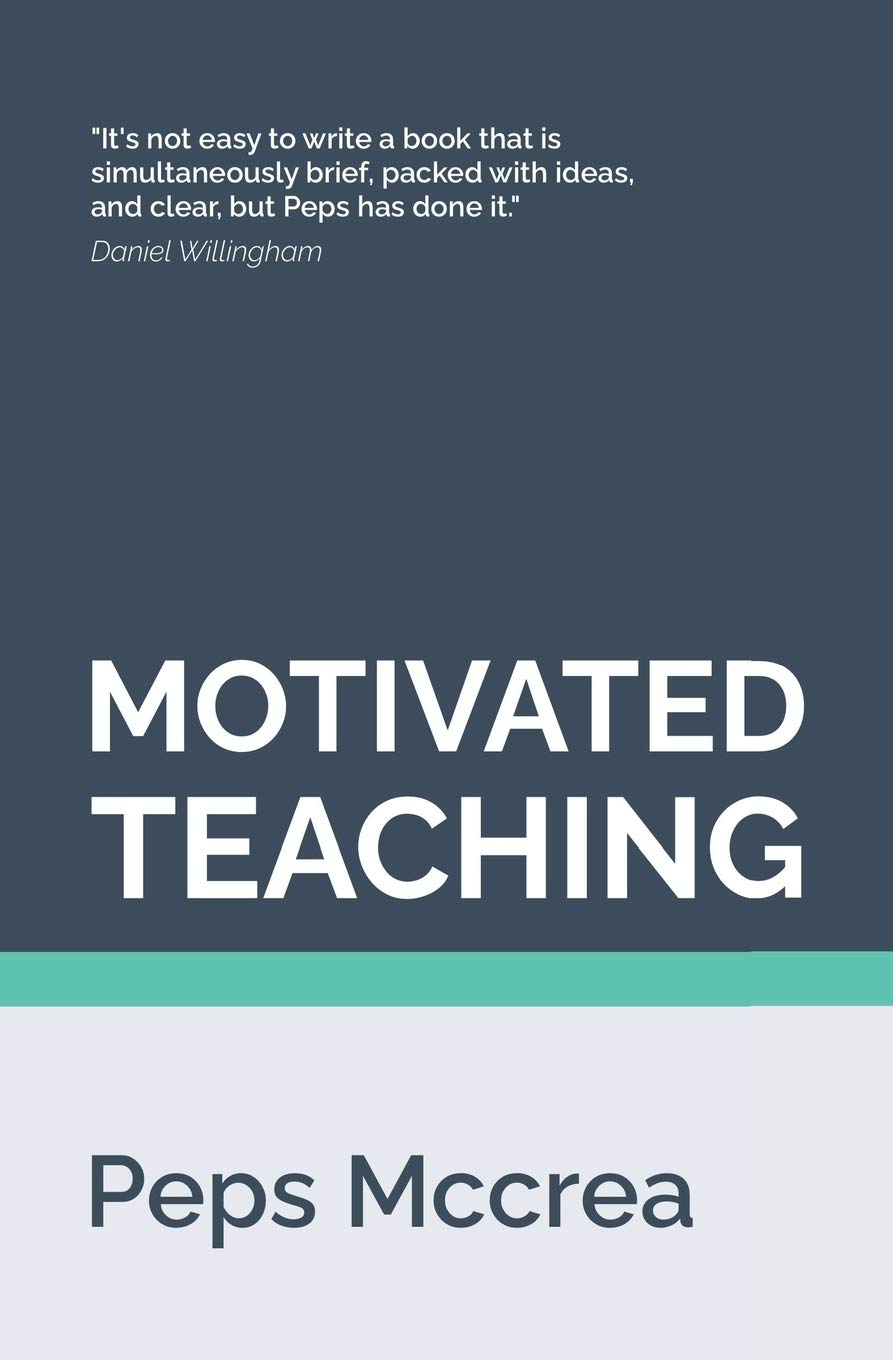
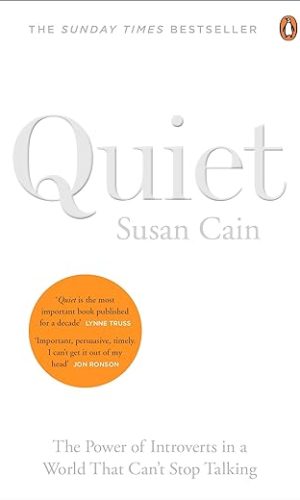
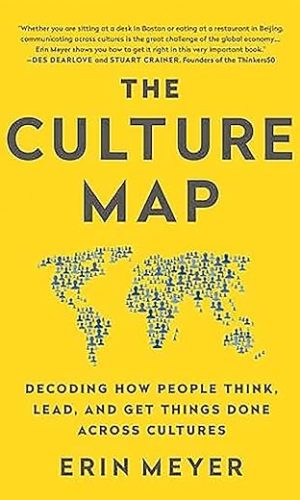

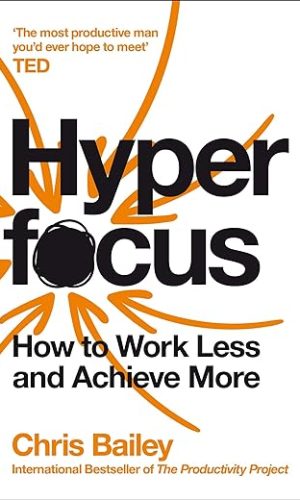
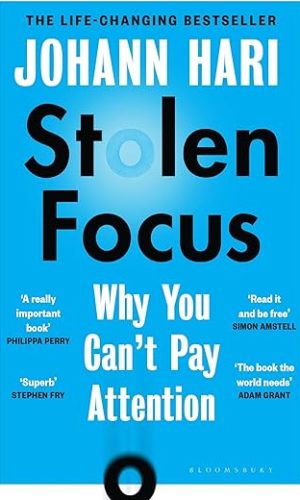


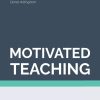
by D T LOWBRIDGE
There’s a telling passage early on in Mccrea’s latest: “Today’s children are expected to learn things that took humankind centenniels of accumulated endeavour to understand”. Not only is it a fabulous insight of the kind that often gets overlooked in education but it’s also revealing of Mccrea’s approach to his books: he condenses thousands upon thousands of pages of research from across many years, across many academic disciplines, into a package that is not only easy to understand but also fun to read. Or perhaps I should avoid the word ‘fun’ (see page 36-37). But I surely won’t be the only person who finds themself swept up in Mccrea’s prose sufficiently motivated to read the whole thing in one sitting.
I’m not sure Mccrea would want to hear this as his taking a determindely ultra-concise approach meant the book took him three years to write, but I raced through it in an hour. Like in his previous book, Memorable Teaching (to which this is a sort of sequel), he communicates complex ideas with impressive succintness. So apt are they that they often left me slack-jawed in appreciation.
This really is everything you need to know about improving motivation in school in a small but perfectly-formed package.
Having enjoyed Mccrea’s Memorable Teaching and used it as the basis for a whole year of staff CPD, I eagerly awaited his follow-up and this is arguably even better. I’ll be buying copies for my Teaching and Learning Team at school and planning more CPD around my own take aways – of which there are many.
by D T LOWBRIDGE
The book is written like a series of statements or tweets. The book is A5 size and only 125 pages long, the font is large and the margins are wide. If the large spaces between each statement were taken out it would probably be half the size. More of a stocking filler.
The section on securing success is good and closely related to pupil motivation. However, I have an issue with the often quoted use of Rosenshine’s ‘try to achieve 80% success rate in the classroom’. Has anyone questioned where this figure of 80% actually comes from or whether it’s valid? Certainly not this author. A nice round number sounds a bit too convenient to me.
The chapter on running routines feels like it is going off topic, it is not made clear how classroom routines help improve pupil motivation. The implication is that if you reduce the cognitive strain by having clear routines you can enable studies to focus better on the actual learning. I don’t disagree with this but being able to focus on learning and being motivated to learn aren’t the same thing.
The chapter on nudging norms is again more to do with behaviour management than creating motivated learners. Yes, you can model high expectations and yes, pupils are more likely to behave if others around them are behaving but is this the same thing as creating motivated learners? Again, I feel motivation to learn has become confused with behaviour management strategies.
Yet again, the chapter on building belonging is essentially about Maslow’s hierarchy of needs. Pupils will work better if they feel they belong. Fair enough but is this the same thing as creating motivated learners? I don’t think the author believes this chapter is really relevant either as it is only 8 pages long.
The last section on building buy-in is much better in that it is much more clearly related to student motivation as opposed to behaviour management and offers some useful thinking points.
So overall, 2 out of the 5 sections are worth a read. My other issue is that their are a few phrases like ‘upstream’ thinking that make it feel a little faddy. Also, some of the references are online blogs rather than peer reviewed journals so how sound the author’s arguments are must be taken with a pinch of salt.
I’m sure this book will be forced upon teachers by SLT in INSET sessions up and down the country but it won’t really cover much that teachers don’t already know. The good news is that it will only take you 15 mins to read.
by Hannah Slimm
I was introduced to Peps’ work at the start of lockdown by my former coach. Since then I have lived and breathed the memorable teaching and lean lesson planning books, using them as valuable evidence to inform coaching sessions with NQTs and UQTs. Although I found most of it is what I already do it is fascinating to understand the science behind what has become instinctive as an experienced teacher. My favourite part of this book found your references for further reading. His book is concise as to not cognitively over load the reader but these further reading references offer you the opportunity to delve deeper into any areas that peak your interest.
Although the first two books were awesome nothing has prepared me for motivated teaching. I want to use the term life changing… it seems a bit dramatic but nothing else seems dramatic enough! It really is! Again, some of it is stuff I already do but fascinating to learn why I do it, but then there is so much knowledge that I have gained that I am so excited to implement that I’m kind of gutted that I now have 2 weeks before I can start!!
As a teacher of SEN (ASC and PDA) there are so many tips of how to engage students and build belonging discreetly. The chapter on nudging norms has given me so many ideas of how to gradually change the culture and create a solid team. These strategies can be used with students and staff where needed. And it has given me the skills I need to kick the sugar habit! There are just so many wins in this book!
Thanks Peps!